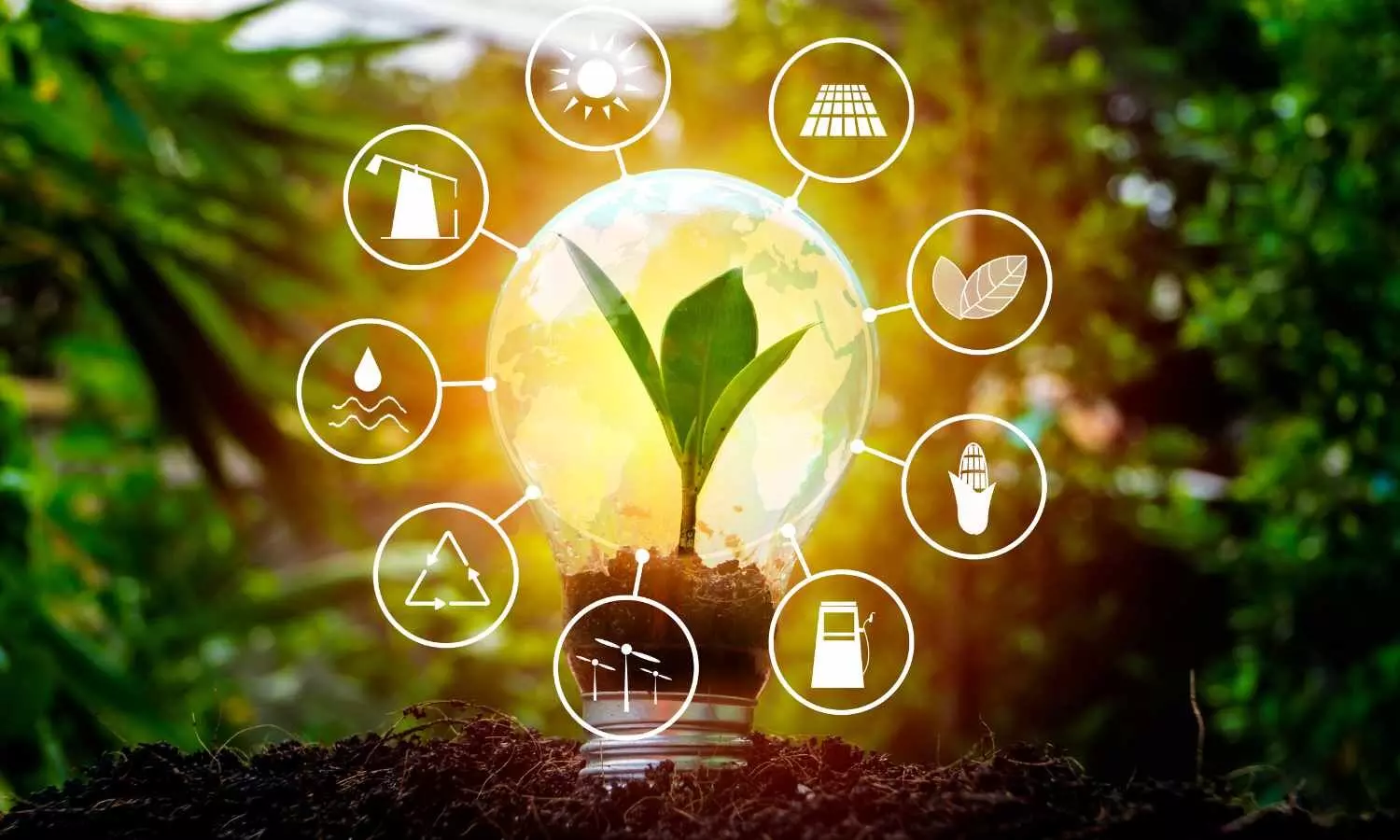The road to prosperity
India is poised for robust growth over the next five years, focusing on sustainable development, $1 trillion exports by 2030, infrastructure upgrades, FTAs, digital innovation, and inclusive economic transformation.
The road to prosperity

India is projected to continue its strong economic growth in the next five years, with a focus on sustainable development, technological advancements, and a growing global role. Key areas of focus include increasing public and private investment in infrastructure, streamlining regulations, and boosting exports to reach $1 trillion by 2030.
India is expected to maintain its position as a fast-growing major economy, with GDP growth rates around 6-7% for the next five years. Increased investment in transportation, logistics, and utilities is crucial to reduce costs and improve efficiency.
India is focusing on manufacturing, innovation, and inclusive growth, positioning itself as a beacon of hope amidst global uncertainties. The digital economy is expected to play a major role in creating new value and driving growth.
Streamlining regulations and simplifying business approvals will be key to attracting investment and fostering economic activity.
India is committed to achieving net-zero emissions by 2070 through a five-pronged strategy, "Panchamrit". India is a leading player in renewable energy, with a focus on scaling up emerging technologies like low-carbon steel, cement, and fertilizers. NCS, like reforestation and agroforestry, can help sequester carbon dioxide from the atmosphere.
India aims to increase exports to reach $1 trillion by 2030, with a focus on trade with developed economies. India is seeking to consolidate its internal capabilities and build partnerships to enhance its global standing.
India is committed to achieving the UN Sustainable Development Goals, particularly in areas like education, health, and poverty eradication. India needs to increase its net employment rate to achieve its GDP growth targets. Inclusive growth is crucial to ensure that the benefits of economic development are shared by all.
India is particularly vulnerable to climate change, requiring proactive measures to reduce emissions and adapt to changing conditions.
India's reliance on merchandise exports may be impacted by economic slowdowns in its trade partners.
The next five years for India will be characterized by a focus on sustainable development, technological advancements, and a growing global role. By addressing key challenges and leveraging its strengths, India can continue its path towards becoming a developed nation by 2047.
India is according a ‘high degree of urgency’ to entering into free trade agreements (FTAs) with the United States, the European Union (EU), the United Kingdom and other advanced nations, which are seen as complementary, more competitive and open-market economies with conducive business environments. The process of negotiations has gained intensity since US President Trump’s announcements on ‘reciprocal tariffs’ to be imposed on all its trading partners. While the stated additional tariffs of 26% on Indian goods have been deferred by 90 days as with other countries, India and the US had already decided to finalise the first phase of a Bilateral Trade Agreement by the fourth quarter of 2025.
The renewed focus on FTAs with developed countries is part of a shift in India’s global economic strategy over the last few years, where it has prioritised leveraging its own large market for better access to partner markets with transparent trading mechanisms. Accordingly, trade and economic agreements have been inked with the European Free Trade Association (EFTA), United Arab Emirates, Australia, and Mauritius over the last five years. The India-UK FTA was concluded this month, with the text of the many chapters yet to be finalised. In addition, negotiations are ongoing with New Zealand, Qatar, and Oman.
While some of the agreements were comprehensive in scope, covering trade in goods and services and investments, others related to preferential trade agreements with limited concessions on both sides. Agreements with both developed and middle-income countries to the east of India were aimed at enhancing India’s participation in global value chains, lowering tariff and non-tariff barriers in rapidly growing markets, and building strategic partnerships beyond trade.
Anything less than US$10tr would not secure India’s future. The nation needs to create 10-12m jobs every year in the coming decades to provide quality of life for its growing population. Young Indians, particularly members of the emerging middle and the middle class—a billion strong by 2034—have rising aspirations. They are also more empowered to demand change, thanks to ever-greater access to the internet and mobile connectivity.
A 9% GDP growth rate with a per capita income rising from US$1,500 to just under US$7,000 per year will boost quality of life for more than 1.4 bn citizens. This would be the largest national development effort any democracy has ever attempted.
Reaching this goal will call for a concerted effort—from businesses, entrepreneurs, investors, and government leaders. It will also require new solutions we collectively term the Winning Leap.

